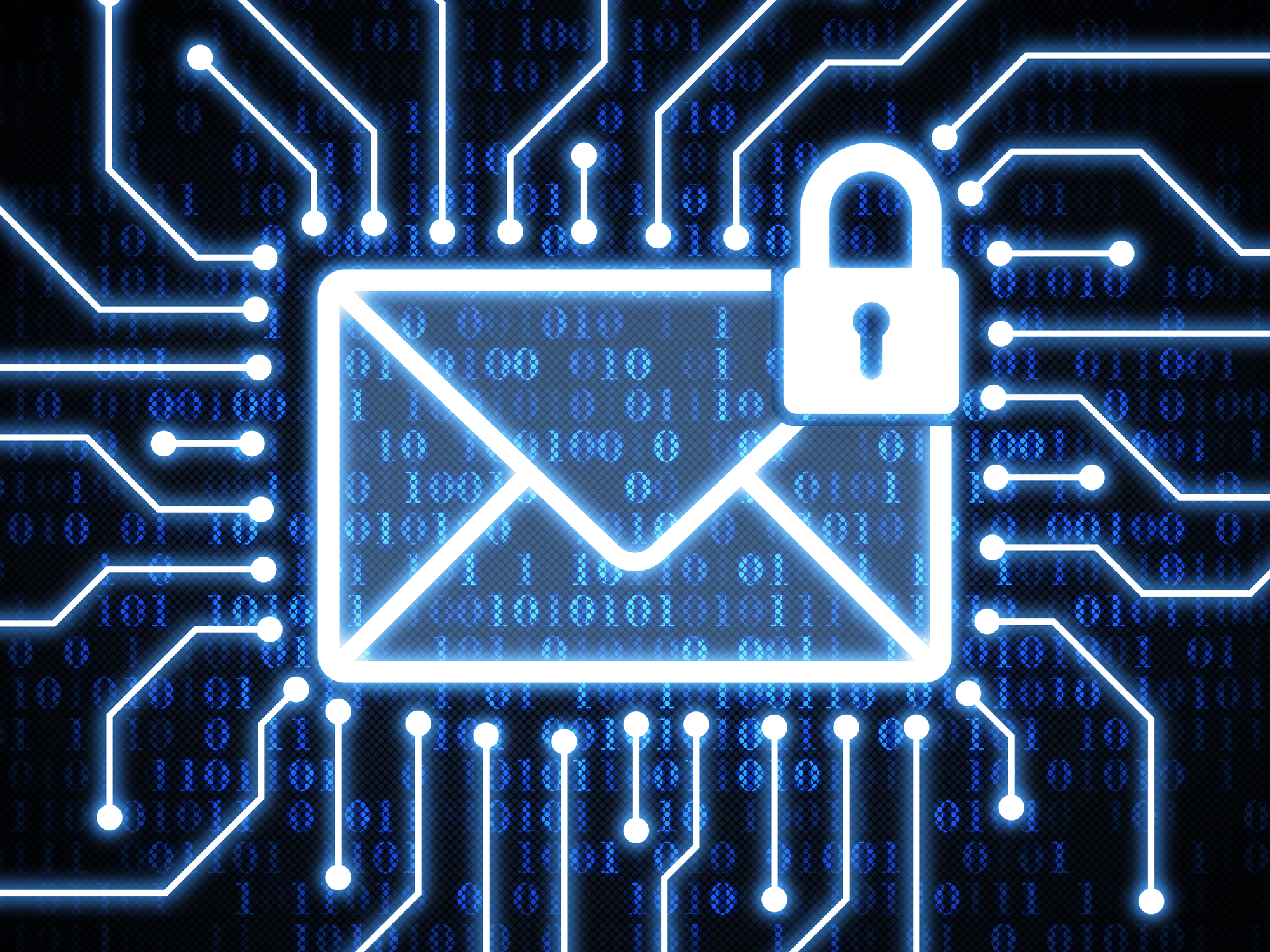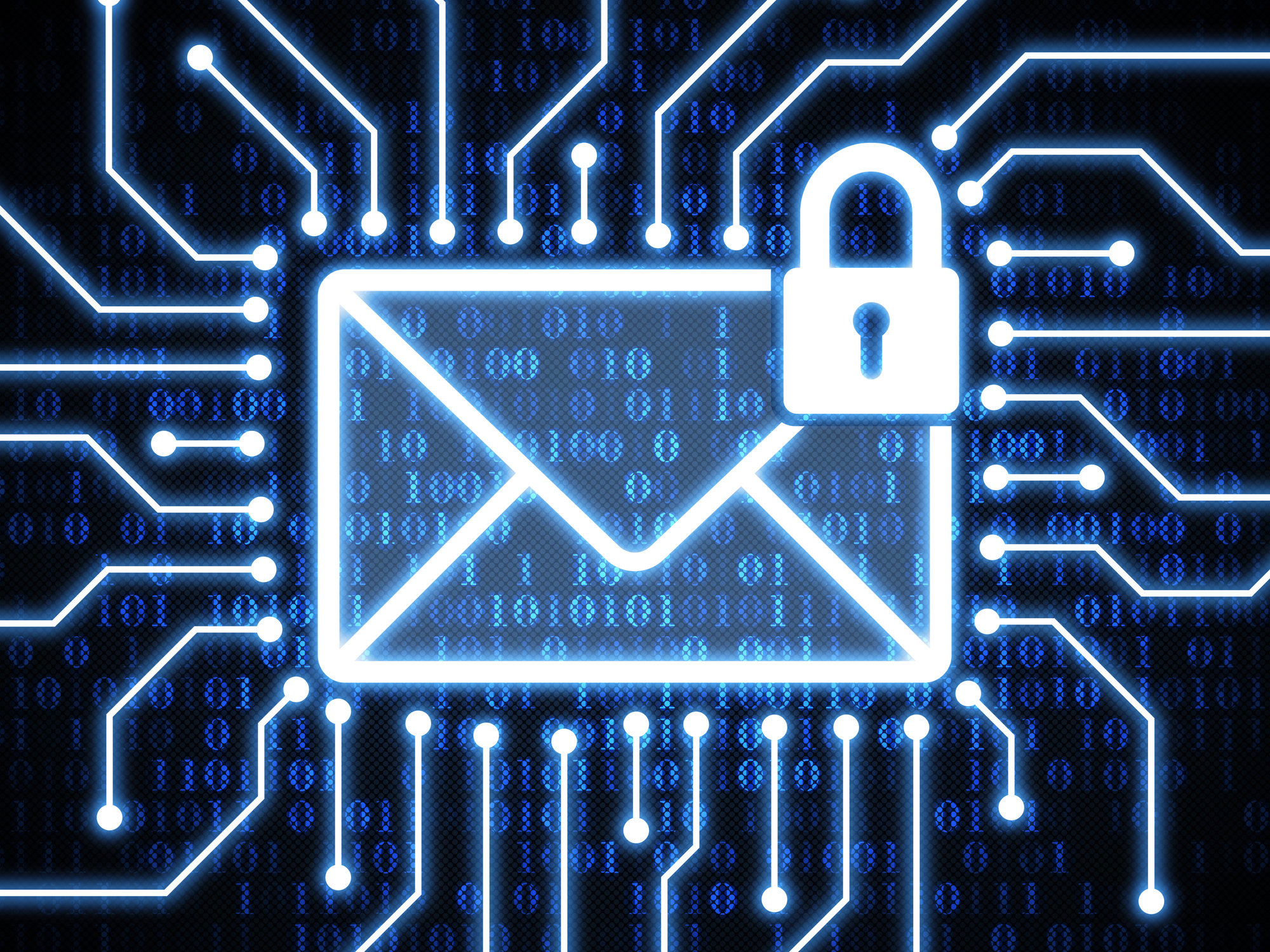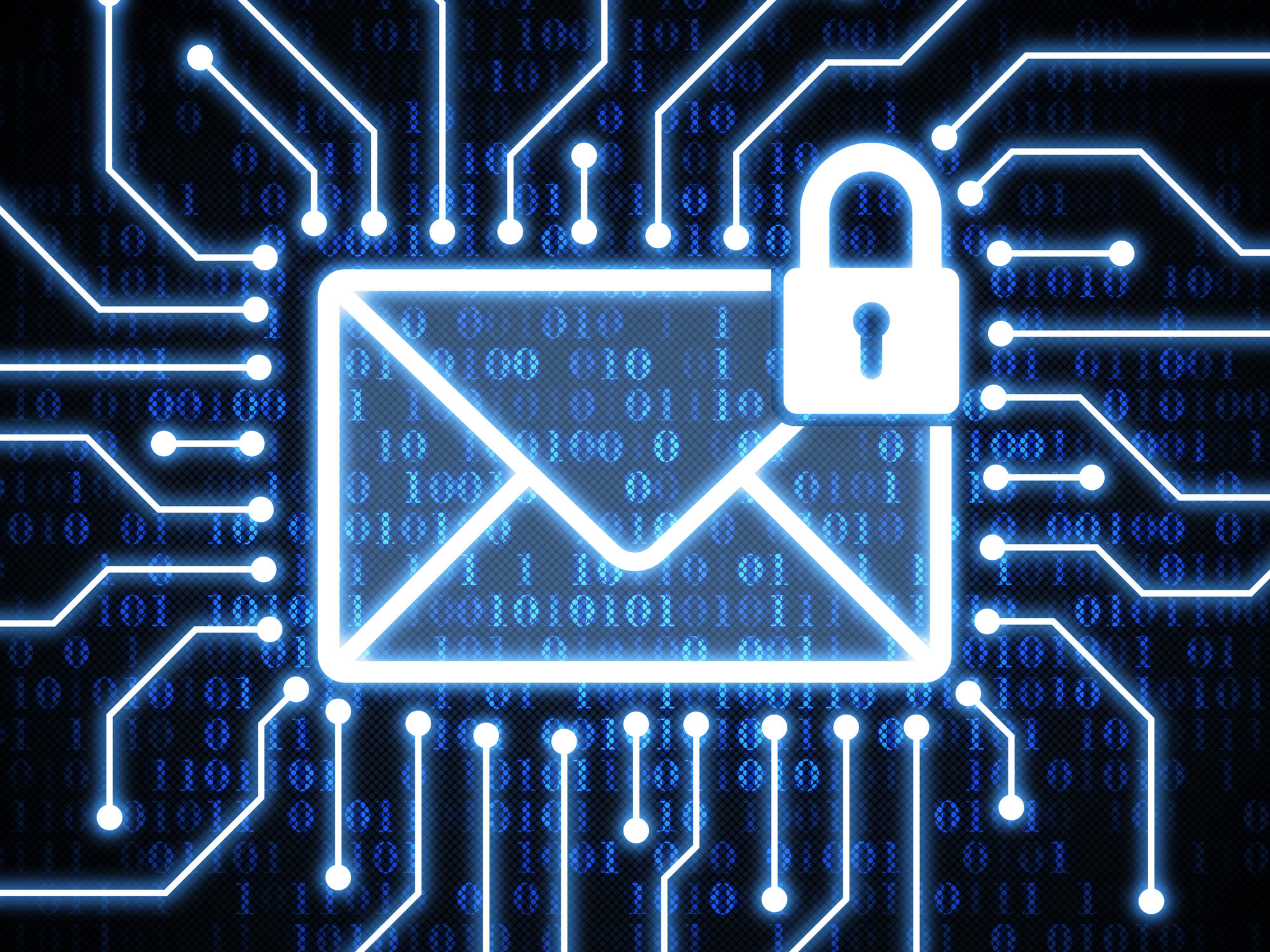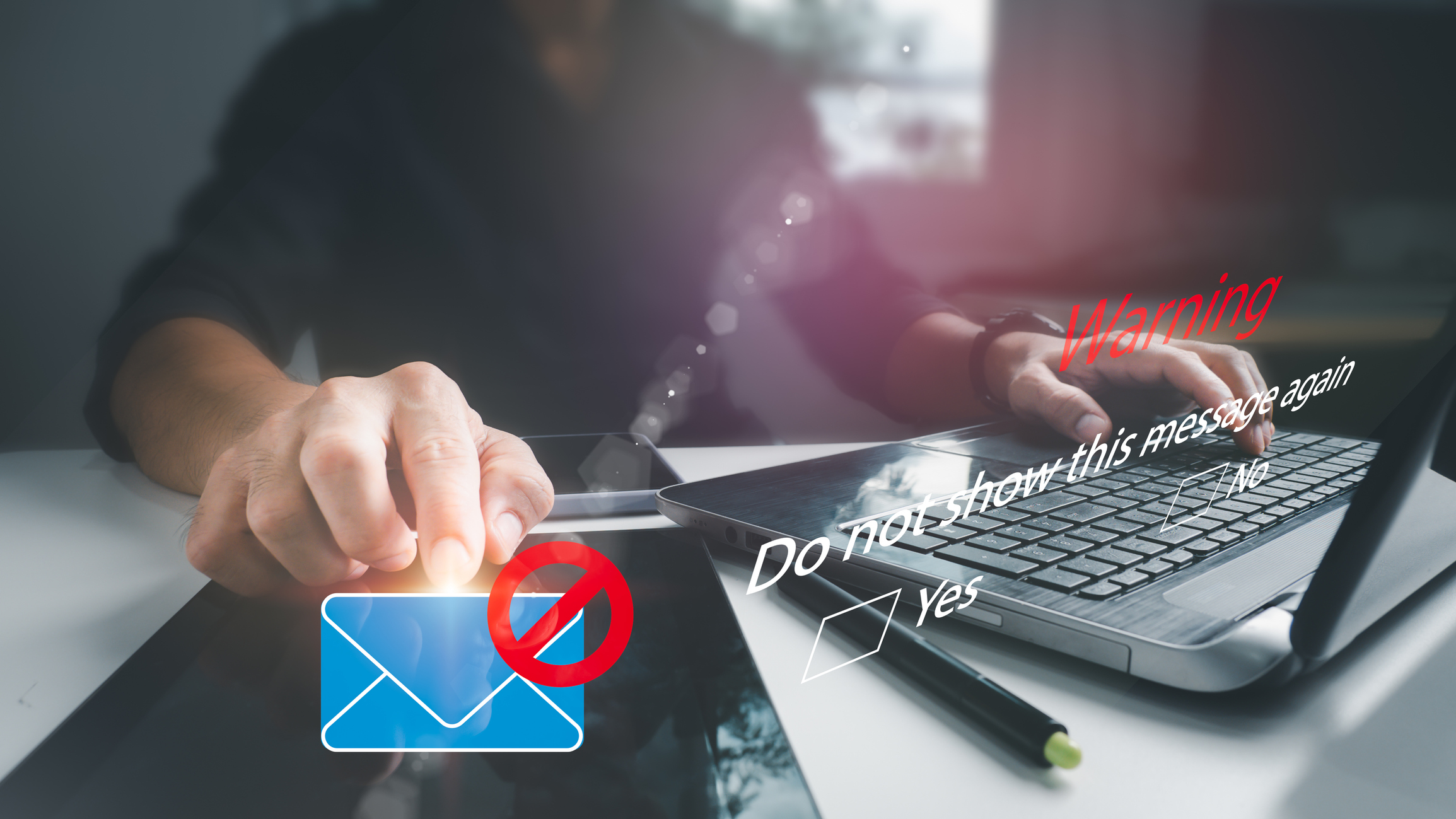
Protecting emails that contain sensitive data is crucial. The loss of confidential information or customer details can lead to hefty fines, negative publicity, and a significant erosion of customer trust. Unfortunately, email is often a primary target for cyberattacks such as phishing, business email compromise (BEC), and data breaches. Despite the advancements in security technologies, unencrypted emails still pose significant risks, leaving sensitive information exposed to interception and unauthorized access.
The Risks of Unencrypted Email Communications
More than two thirds of an organization’s intellectual property is exchanged via email among offices, partners and customers. Employees may be sending unencrypted messages with sensitive content without any awareness of how risky this behavior can be. Cybercriminals then exploit the vulnerabilities in email systems to steal information and commit fraud.
Unencrypted emails are particularly vulnerable to man-in-the-middle attacks, where hackers intercept communications between two parties. Without encryption, these emails can be read, altered, or even redirected without the sender or recipient’s knowledge. This not only compromises the confidentiality of the information but also undermines the trust and integrity of your business communications.
Ensuring Compliance with Industry Standards and Regulations
As the regulatory landscape becomes increasingly stringent, businesses are under growing pressure to implement robust data protection measures, including email encryption. Regulations such as the General Data Protection Regulation (GDPR), the Health Insurance Portability and Accountability Act (HIPAA), and the Payment Card Industry Data Security Standard (PCI-DSS) mandate the use of encryption to protect sensitive data, especially when it is transmitted over networks. Failure to comply with these regulations can result in hefty fines and legal repercussions.
To ensure compliance, businesses must adopt encryption protocols that meet industry standards. This involves using encryption algorithms that are recognized and approved by regulatory bodies, such as AES (Advanced Encryption Standard) with 256-bit keys. Businesses should implement policy-based encryption that automatically applies the appropriate level of encryption based on the content of the email and the recipient’s profile. This not only ensures compliance but also simplifies the process for end users, reducing the risk of human error.
Encryption Methods and Tools
Several methods and tools are available to help businesses effectively encrypt their emails. One of the most reliable and widely used methods is S/MIME (Secure/Multipurpose Internet Mail Extensions), which allows for the encryption and digital signing of email messages. Another method is PGP (Pretty Good Privacy), which provides encryption for the content of the email as well as the metadata, ensuring comprehensive protection.
Security leaders should seek out tools that offer robust, policy-driven encryption features that automatically encrypt emails based on predefined criteria, such as the presence of sensitive information or the recipient’s email domain. These tools can integrate seamlessly with existing email platforms and provide centralized management of encryption policies, making it easier for businesses to maintain control over their encrypted communications.
Minimize Your Data Loss Risk with Encryption
Unencrypted emails expose your business to unnecessary risks, including data breaches, financial losses, and regulatory penalties. By implementing strong encryption protocols, ensuring compliance with industry standards, using effective encryption tools, and educating your employees, you can significantly enhance the security of your email communications. In today’s threat landscape, email encryption is not just an option—it’s a necessity.
Learn how Proofpoint can help secure your email through encryption at https://www.proofpoint.com/us/products/threat-defense.




